Last weekend, Dr Tim Breitbarth (Senior Lecturer in Sport Management) and MSc Sport Management students Lisa Kaisner, Manuel Perez Vehi, Chih-Heng Kwan and Junbeom Kim returned from their 8-day trip attending the 22nd European Association for Sport Management (EASM) Conference, EASM Masters Seminar and EASM PhD Student Seminar. Following various successes at the 21st EASM conference in Istanbul last year, the BU travel party again made strong contributions to this leading international sport management conference.
Together with 60 students from around the globe, the students worked in mixed groups on three different sport marketing cases and had to present their findings and plans in front of a critical jury over the period of 4 days before the main conference. Lisa and her team won the case competition on the Olympic legacy of the Coventry Ricoh Arena and, therefor, were invited to present at the main conference. Feedback from the students on the Masters Seminar in particular was largely positive – especially in terms of networking, making new friends, learn from one another and visiting sport venues/matches like the Rugby School and the season opening of the Leicester Tigers.
Invited Keynote and Conference Workshop Convener
Besides tutoring at the Masters Seminar, Dr Tim Breitbarth was invited to provide a keynote at the PhD Student Seminar titled “Book or articles? Assessing the strengths and weaknesses of the form of your PhD thesis”. His contribution was very well received and awarded during the conference dinner. He also mentored three PhD researchers from Belgium, South Africa and Mexico at the Seminar and gave advise on their research.
At the main conference, Tim together with his small international team organized and convened a workshop on corporate social responsibility in and through sport. Again, the workshop was the second most popular in terms of submissions and all five sessions attracted a great audience. The academic workshop was spiced-up by inviting Nico Briskorn (Head of CSR at German professional football club VFL Wolfsburg) and Chris Grant (CEO, Sported Foundation – the London 2012 charity legacy) to contribute their expert insights into the application of CSR and sport.
Highly Cited Paper and Special Issue Editor
The relevance of the topic is also manifested by the fact that the paper “The Role of Corporate Social Responsibility in the Football Business: Towards the Development of a Conceptual Model” by Tim Breitbarth and Phil Harris from 2008 published in European Sport Management Quarterly (second highest ranked sport management journal in the world) has been the journal’s most cited article over the past 3 years. Also, Tim is the lead editor of the Special Issue “Governance and CSR Management in Sport” in ‘Corporate Governance: The International Journal of Business in Society’ which will be published early/mid 2015.
In addition, Tim presented two research papers, one of which based on an awarded Bachelor dissertation by last year’s graduate David Thomas whom he supervised.
In general, despite being a rather small party at a 500+ delegates conference, the BU team created awareness for our sport programs in particular and Bournemouth in general. Travelling Masters students were somewhat lukewarm about the practical value of the main conference (e.g. as a means to find a job), but overall enjoyed the experience and talking to experts from various fields. Several visits from renown (inter-)national scholars, academics from partner universities and PhD students are already in planning for 2015.
Please contact Dr Tim Breitbarth at tbreitbarth@bournemouth.ac.uk

F.l.t.r.: Lisa Kaisner, Chih-Heng Kwan, Manuel Perez Vehi, Tim Breitbarth

F.l.t.r.: Nico Briskorn (VFL Wolfsburg), Christos Anagnostopoulus (Co-Convenor, University of Central Lancashire), Frank van Eekeren (Co-Convenor, Utrecht University), Tim Breitbarth (Lead-Convenor, Bournemouth University), Wojtek Kulczycki (Technische Universität München), Chris Grant (Sported Foundations), Stefan Walzel (Co-Convenor, German Sport University Cologne)
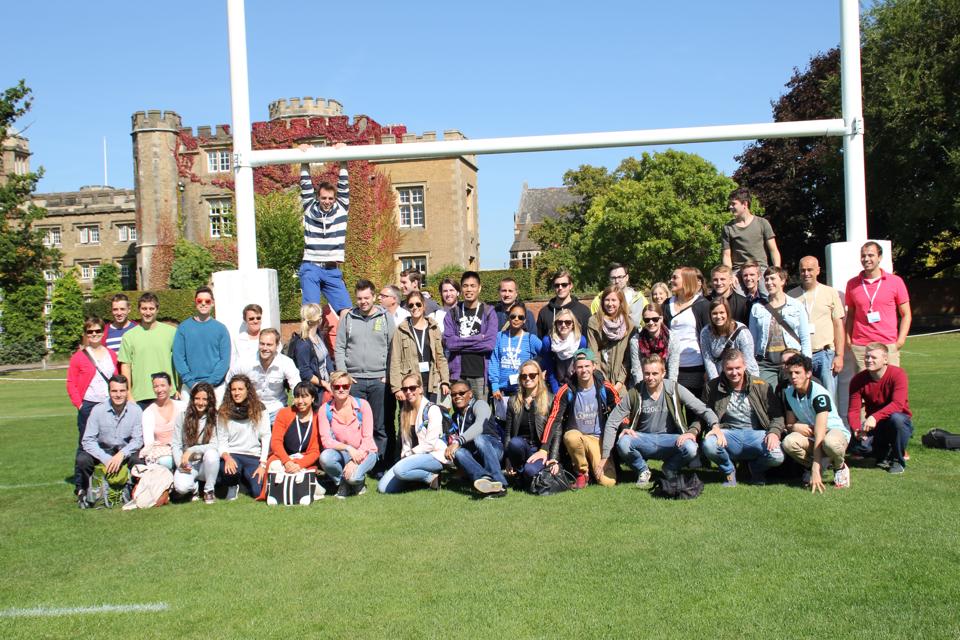
Group of Masters students at Rugby School
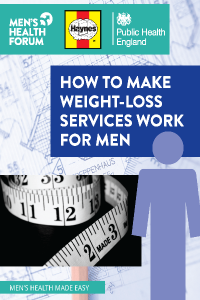


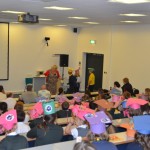



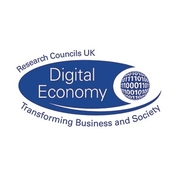









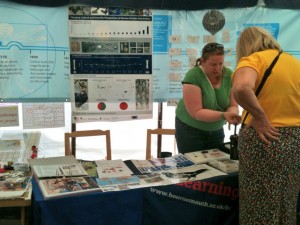













 Fourth INRC Symposium: From Clinical Applications to Neuro-Inspired Computation
Fourth INRC Symposium: From Clinical Applications to Neuro-Inspired Computation Writing policy briefs
Writing policy briefs Upholding Excellence: The Concordat to Support Research Integrity
Upholding Excellence: The Concordat to Support Research Integrity Today’s Documentation Will Serve Tomorrow’s Justice
Today’s Documentation Will Serve Tomorrow’s Justice ECR Funding Open Call: Research Culture & Community Grant – Application Deadline Friday 12 December
ECR Funding Open Call: Research Culture & Community Grant – Application Deadline Friday 12 December MSCA Postdoctoral Fellowships 2025 Call
MSCA Postdoctoral Fellowships 2025 Call ERC Advanced Grant 2025 Webinar
ERC Advanced Grant 2025 Webinar Horizon Europe Work Programme 2025 Published
Horizon Europe Work Programme 2025 Published Horizon Europe 2025 Work Programme pre-Published
Horizon Europe 2025 Work Programme pre-Published Update on UKRO services
Update on UKRO services European research project exploring use of ‘virtual twins’ to better manage metabolic associated fatty liver disease
European research project exploring use of ‘virtual twins’ to better manage metabolic associated fatty liver disease